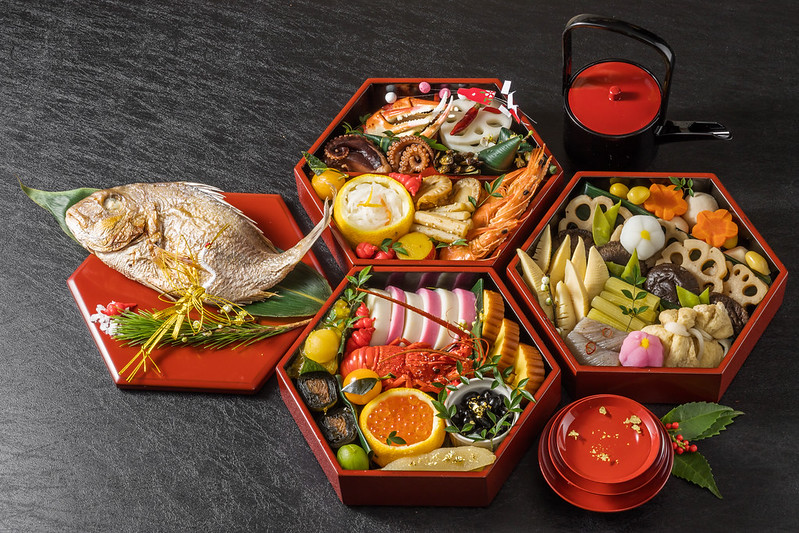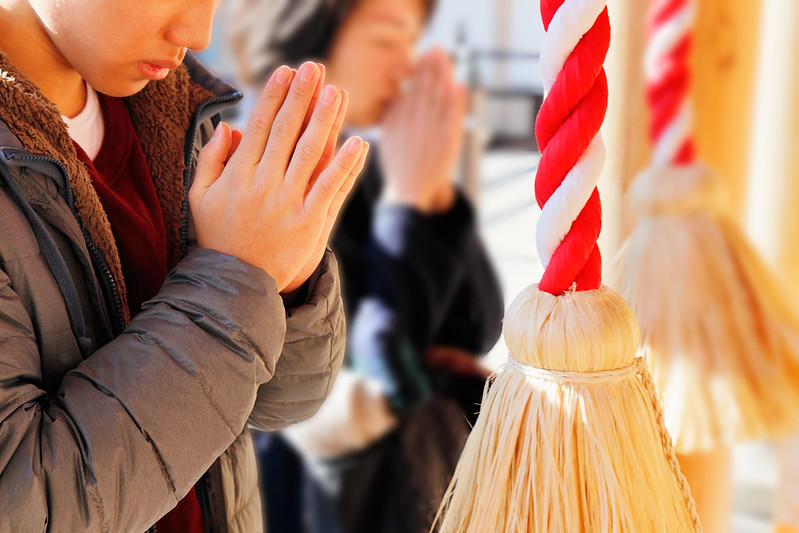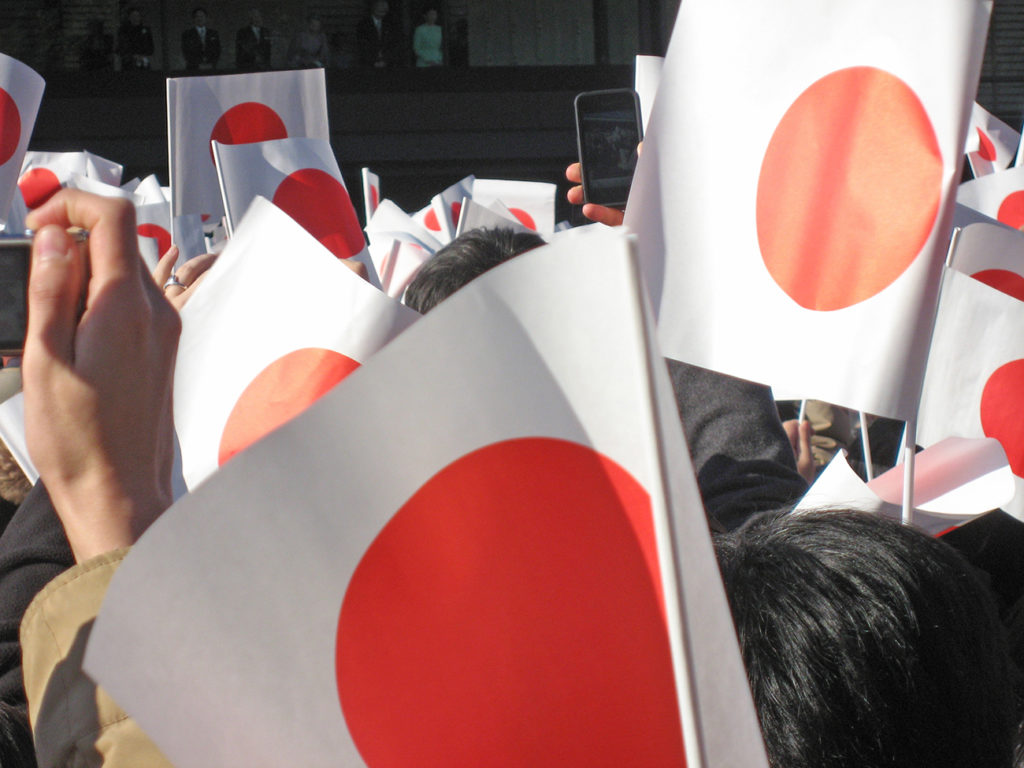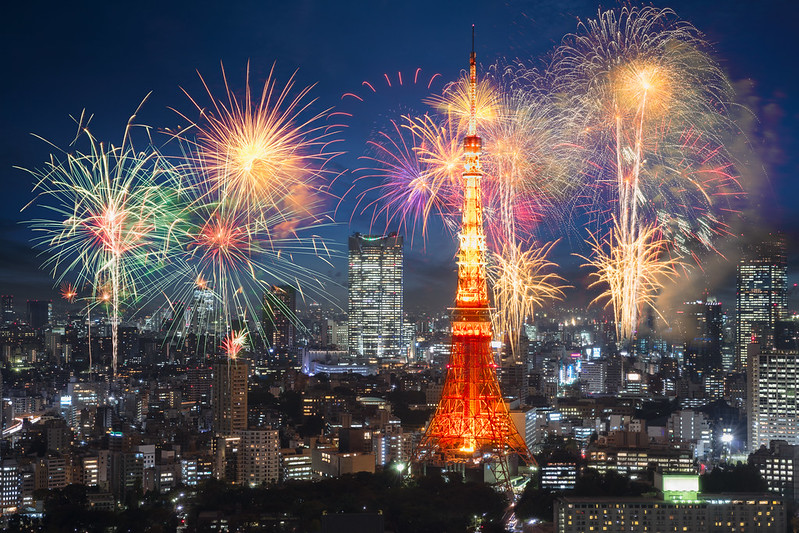
Celebrating the New Year in Japan
The New Year or Shōgatsu is Japan’s most important holiday. Many Japanese businesses close during this time so people can spend time with their families. There are a number of festivities to look forward to for visitors planning on coming to Japan this time of the year.
Capping of the year
New Year’s Eve traditions in Japan include watching Kōhaku, an annual New Year’s Eve television special. The show has been broadcasting since 1951. The program divides the most popular musical artists of the year into competing teams. At the end of the show, judges and the audience vote to decide which group performed better and id proclaimed the winner. In recent years, countdown parties have become more common in the larger cities of Japan.
Osechi – ryori.
Traditional New Year’s feast
The tradition New Year’s food in Japan is osechi-ryōri . This tradition began on New Year in Japan during the Heian Period (794-1185). Osechi are similar to bento meals, only they are in more elaborate special boxes called jūbako. The traditional osechi-ryōri dishes are served in elegant three- or four-layered laquer jubako boxes and are placed at the center of the table on New Year’s Eve and remain there until the 1st of January. The food is shared with family and friends. Each item of osechi-ryōri represents a particular wish for the next year.
Hatsumōde.
The first temple visit of the year
The first trip to a shrine or temple in the new year is known as Hatsumōde These sacred places are crowded during New Year’s Eve and the next few days. Visitors dress up in kimonos if weather permits. Popular shrines around Japan have a festive atmosphere with food stands and crowds gathering for their first visit to a shrine or temple for the year.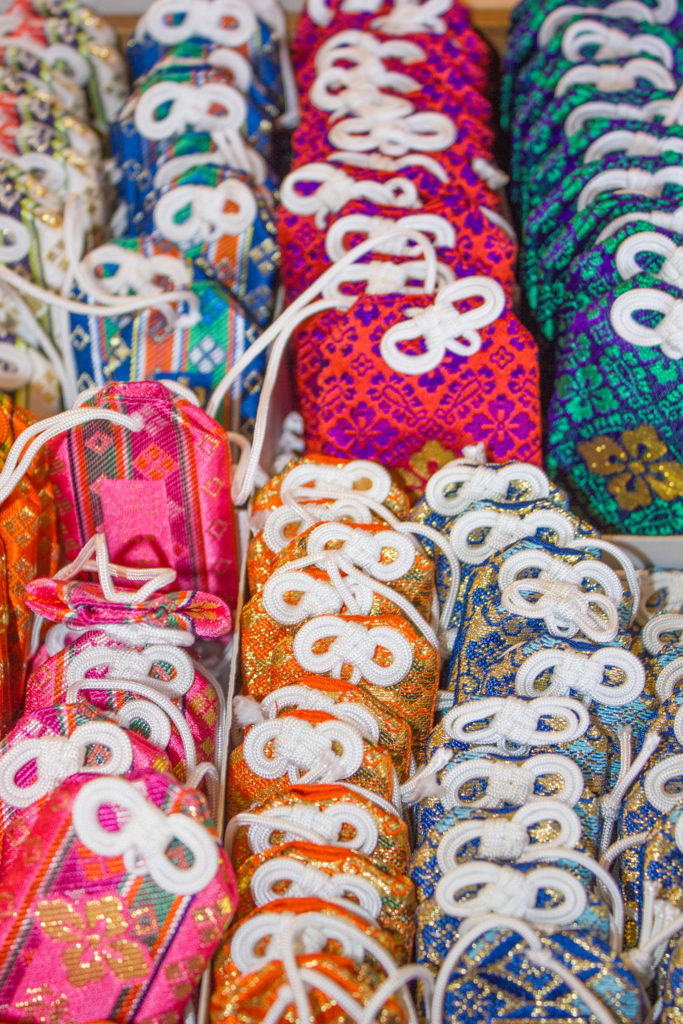
Lucky charms for the New Year!
Lucky charms are a huge part of Japanese religion and culture. Engimono are lucky charms often given out at New Year events at temples and shrines all around Japan. These lucky charms offer wishes for good luck in harvest, business, health, love, and the like. Many engimono have been passed down over the years. Engimono make popular souvenirs or gift items from a particular area of Japan.
Omamori.
Emperor’s New Year Greeting
Emperor Naruhito, who over the years has already assumed some of his father’s duties, succeeded his father on the 1st of May, 2019 becoming the 126th Emperor to ascend to Japan’s Chrysanthemum Throne.
Emperor’s New Year greeting.
The traditional New Year greeting by the Imperial Family from the long balcony of the Chowaden Hall is on the 2nd of January each year with five appearances during the course of the day:
10:10 am: 1st Appearance
11:00 am: 2nd Appearance
11:50 am: 3rd Appearance
1:30 pm: 4th Appearance
2:20 pm: 5th Appearance
